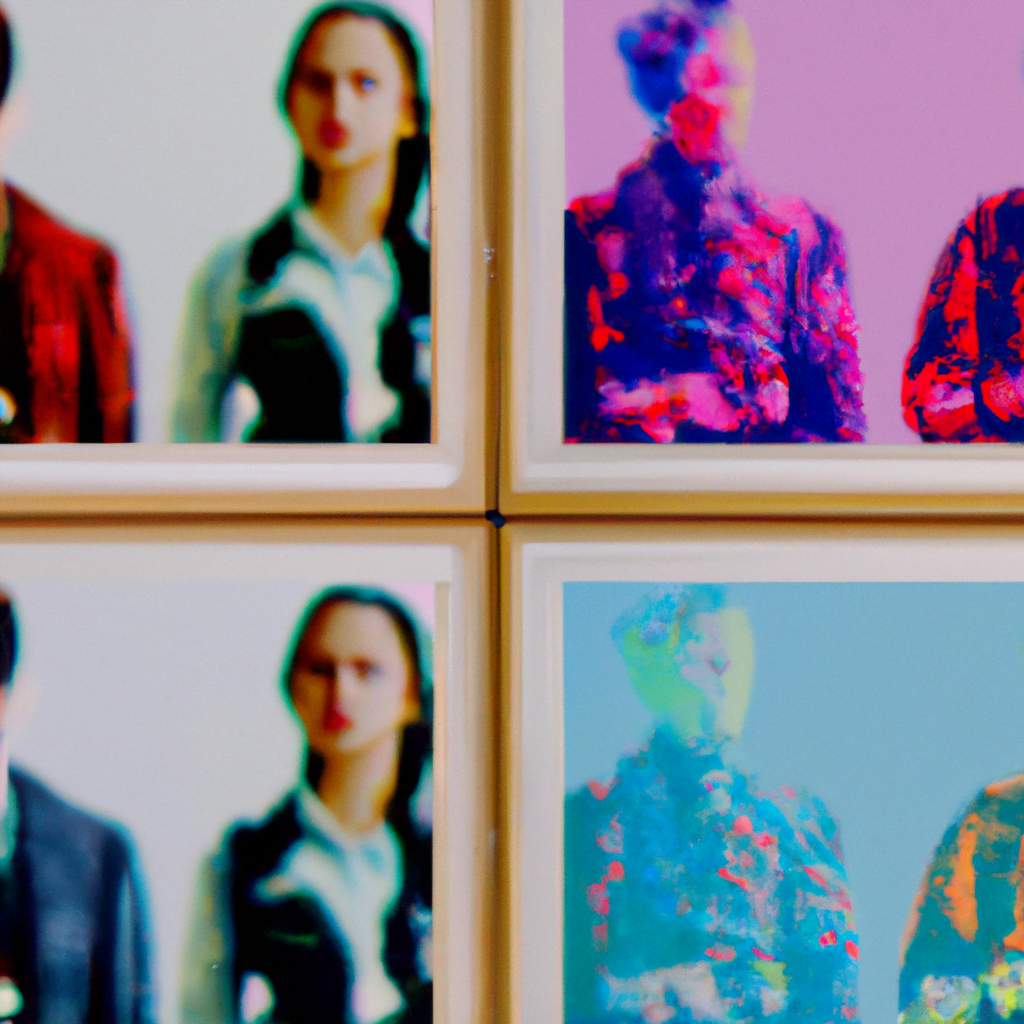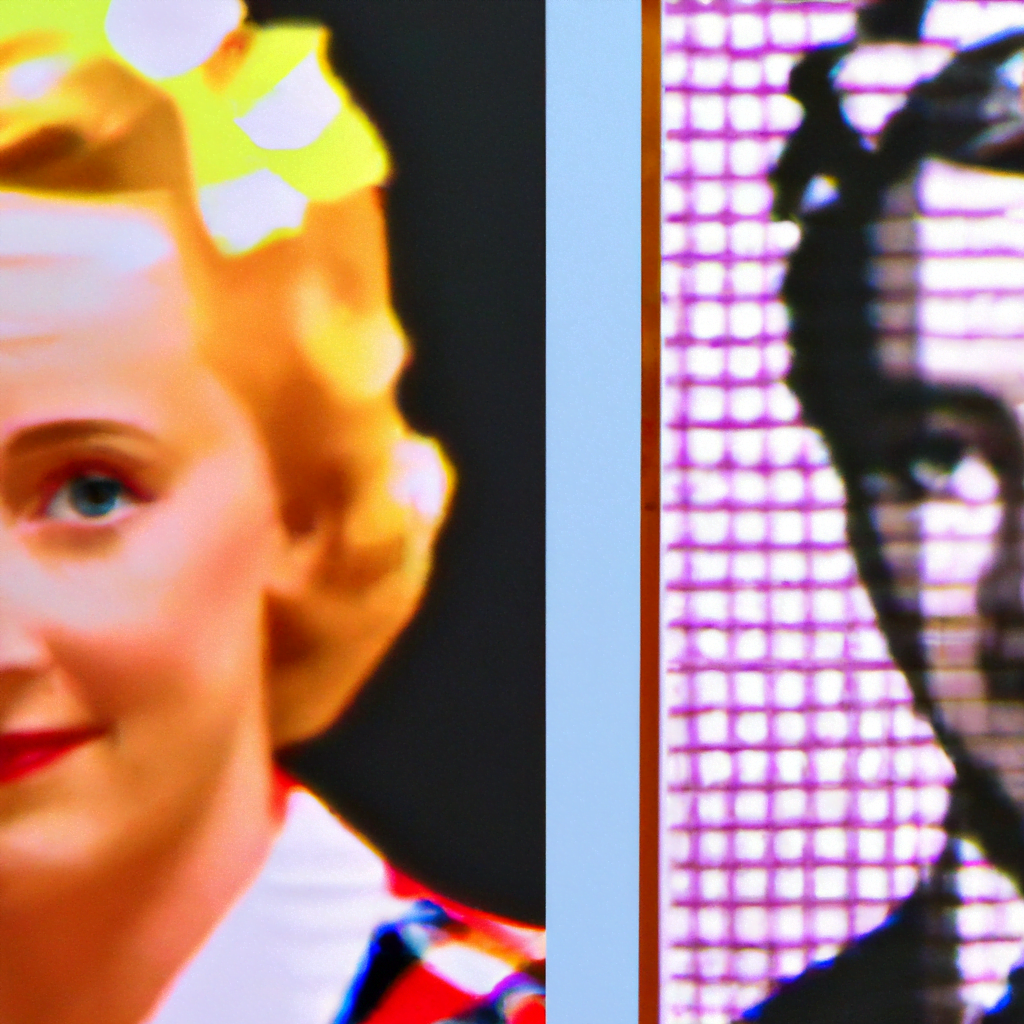
The Impact of AI in Creating Personalized Design Recommendations

Artificial Intelligence (AI) has revolutionized various industries, and the world of design is no exception. With the ability to analyze vast amounts of data and make intelligent predictions, AI has become a powerful tool in creating personalized design recommendations. This article explores the impact of AI in design, the benefits it brings, and how it is transforming the way designers work.
Understanding AI in Design
AI refers to the simulation of human intelligence in machines that are programmed to think and learn like humans. In the context of design, AI algorithms can analyze user data, preferences, and behavior to generate personalized design recommendations. These recommendations can range from color schemes and typography choices to layout and content suggestions.
AI in design is not about replacing human designers but rather augmenting their capabilities. By automating repetitive tasks and providing valuable insights, AI allows designers to focus on more creative and strategic aspects of their work.
The Benefits of AI in Design
The integration of AI in design brings numerous benefits that enhance the overall design process and user experience. Some of the key advantages include:
- Improved Efficiency: AI algorithms can quickly analyze vast amounts of data and generate design recommendations, significantly reducing the time required for manual design iterations.
- Personalization: AI enables designers to create personalized design recommendations based on user preferences, behavior, and demographics. This personalization enhances user engagement and satisfaction.
- Data-Driven Insights: AI algorithms can uncover patterns and trends in user data, providing designers with valuable insights into user behavior and preferences. This data-driven approach helps designers make informed design decisions.
- Consistency: AI ensures consistency in design recommendations by following predefined rules and guidelines. This consistency is particularly important in branding and user experience across different platforms and devices.
- Scalability: AI allows designers to scale their design efforts by automating repetitive tasks. This scalability is especially beneficial for large-scale projects or organizations with limited design resources.
Examples of AI in Design
AI is already being used in various design applications, showcasing its potential and impact. Here are a few examples:
1. Netflix
Netflix leverages AI algorithms to personalize the user interface and recommend content based on individual preferences. By analyzing user viewing history, ratings, and interactions, Netflix’s AI system generates personalized design recommendations for each user, improving the overall user experience.
2. Adobe Sensei
Adobe Sensei is an AI-powered platform that integrates with Adobe’s design tools. It provides designers with intelligent features such as auto-tagging of images, content-aware fill, and font recognition. These AI capabilities enhance designers’ productivity and creativity, allowing them to focus on higher-level design tasks.
3. Spotify
Spotify uses AI algorithms to create personalized playlists for its users. By analyzing listening habits, music preferences, and user-generated playlists, Spotify’s AI system generates customized playlists tailored to each user’s taste. This personalized design recommendation enhances user engagement and satisfaction.
The Future of AI in Design
The impact of AI in design is only expected to grow in the future. As AI algorithms become more sophisticated and capable of understanding complex design principles, they will be able to generate even more accurate and personalized design recommendations.
Furthermore, AI has the potential to democratize design by making it more accessible to non-designers. With AI-powered design tools, individuals without formal design training can create professional-looking designs by leveraging AI-generated recommendations and templates.
However, it is important to note that AI in design is not without challenges. Ethical considerations, such as bias in AI algorithms and the potential for job displacement, need to be carefully addressed. Designers must also maintain a balance between AI-generated recommendations and their own creative intuition to ensure unique and innovative design solutions.
Conclusion
AI has had a profound impact on the design industry, particularly in the realm of personalized design recommendations. By leveraging AI algorithms, designers can improve efficiency, provide personalized experiences, gain data-driven insights, ensure consistency, and scale their design efforts. Examples from companies like Netflix, Adobe, and Spotify demonstrate the practical applications of AI in design.
As AI continues to advance, it is crucial for designers to embrace this technology and leverage its capabilities while also considering the ethical implications. By striking a balance between AI-generated recommendations and human creativity, designers can harness the power of AI to create exceptional and personalized design experiences for users.
